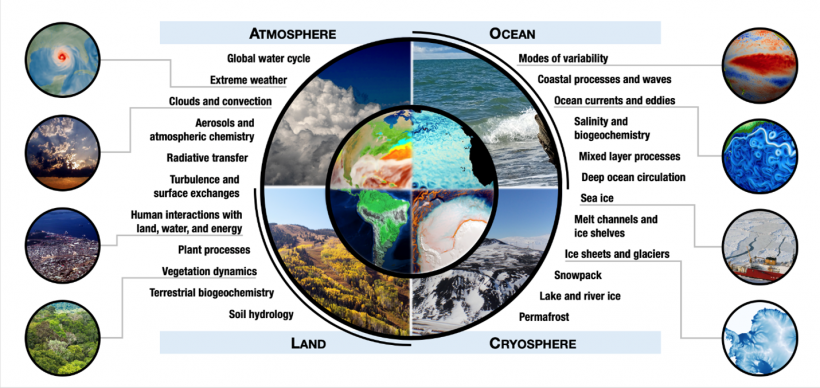Bioenergy
Bioenergy is renewable energy created from naturally occurring biological sources, such as grasses and trees. Types of bioenergy include biogas, bioethanol, and biodiesel which may be sourced from plants (corn, sugarcane), wood, agricultural wastes, and bagasse. Bioenergy is considered renewable because its source is inexhaustible, as plants obtain their energy from the sun through photosynthesis which can be replenished. Bioenergy, while still responsible for the release of carbon into the atmosphere, is considered less harmful than the burning of fossil fuels, as it utilizes and releases carbon currently in our modern cycle, whereas fossil fuels release carbon that has been stored away for long periods of time.





